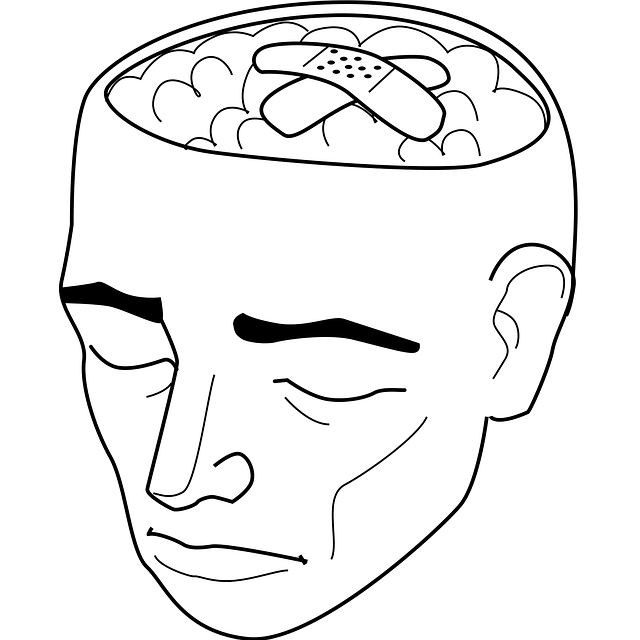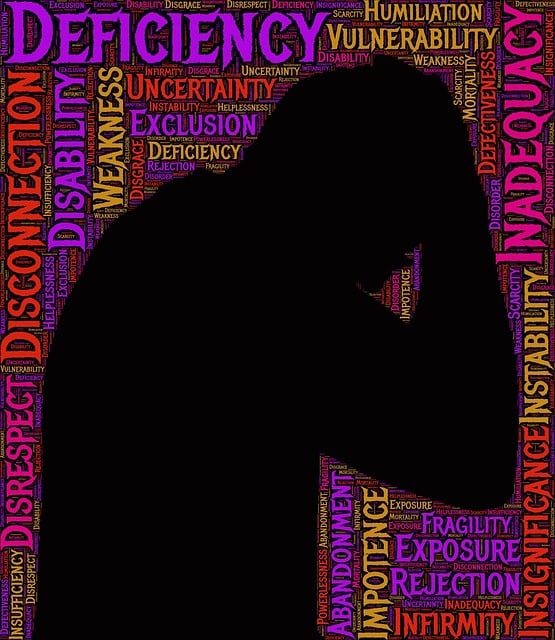Mental health policies tailored for adolescents and teens aim to address unique challenges during this critical period of development. These strategies encompass preventive measures, early interventions, treatment plans, and recovery support, focusing on therapy like cognitive-behavioral therapy (CBT). Key aspects include improving access to care, training more healthcare providers, integrating stress reduction methods into education and communities, and fostering cultural competency to reduce stigma. Effective advocacy, involving stakeholders from healthcare, education, community leadership, and government sectors, drives policy change, such as increasing access to Trauma Support Services and Stress Management Workshops. By implementing these strategies, societies can enhance mental health service delivery for adolescents and teens, promoting proactive mental well-being management.
Mental health policies are pivotal in shaping support systems for adolescents and teens, a demographic with unique psychological needs. This article offers a comprehensive analysis of mental health policy frameworks, focusing on strategies to improve access to therapy for young individuals. We explore the challenges faced by this vulnerable population and advocate for effective stakeholder engagement to drive policy change. By examining current landscapes and proposing solutions, we aim to enhance mental well-being outcomes for adolescents and teens, ensuring they receive the necessary therapy and support.
- Understanding Mental Health Policies: A Framework for Analysis
- The Adolescent and Teen Population: Unique Challenges and Needs
- Advocacy Strategies for Policy Change: Engaging Stakeholders
- Accessing Therapy: Ensuring Availability and Affordability for Youth
Understanding Mental Health Policies: A Framework for Analysis

Mental health policies are intricate frameworks designed to address and support an individual’s well-being, particularly focusing on therapy for adolescent and teen populations. These policies encompass a broad range of interventions aimed at prevention, early intervention, treatment, and recovery. A comprehensive analysis of these policies requires a structured approach that considers various factors, including the impact on access to care, service delivery models, funding mechanisms, and outcomes for vulnerable youth.
Understanding mental health policies involves examining their scope, target populations, resources allocated, and strategic partnerships. For instance, evaluating how policies promote self-esteem improvement and mood management among adolescents can reveal critical aspects of successful implementation. Additionally, risk management planning for mental health professionals is an essential component, ensuring practitioners are equipped to handle complex cases while maintaining ethical standards. Such analysis enables advocates to identify strengths and gaps in policy frameworks, fostering informed advocacy efforts for improved mental health services.
The Adolescent and Teen Population: Unique Challenges and Needs

The adolescent and teen population faces unique challenges that significantly impact their mental health. This age group is a crucial period of development, marked by significant physical, emotional, and cognitive changes. They are navigating identity formation, academic pressures, social dynamics, and often face increased exposure to stress factors such as family issues, peer relationships, and societal expectations. These experiences can contribute to a range of mental health concerns, including anxiety, depression, and even more severe conditions that may require specialized therapy for adolescent and teen populations.
Addressing the needs of this demographic requires tailored strategies. Therapy for adolescents and teens should incorporate age-appropriate methods, such as cognitive-behavioral therapy (CBT), which has proven effective in managing various mental health disorders. Additionally, conflict resolution techniques and empathy building strategies can help young individuals navigate interpersonal challenges and reduce the stigma associated with mental illness. Mental illness stigma reduction efforts are vital to creating a supportive environment where teens feel comfortable seeking help without fear of judgment or ostracism.
Advocacy Strategies for Policy Change: Engaging Stakeholders

Effective advocacy strategies are vital to drive policy change regarding mental health, particularly when focusing on Therapy for Adolescent and Teen populations. Engaging stakeholders across various sectors is a powerful approach to building consensus and gaining support. This includes collaborating with healthcare providers, educators, community leaders, and government bodies responsible for youth welfare. By fostering open dialogue and sharing evidence-based research, advocates can highlight the gaps in current services and propose innovative solutions. For instance, advocating for increased access to Trauma Support Services and Stress Management Workshops within schools can empower young individuals to develop emotional intelligence and coping mechanisms.
Organizing community events, workshops, and awareness campaigns also engages parents, caregivers, and peers, fostering a collective understanding of adolescent mental health challenges. These collaborative efforts create a supportive ecosystem, ensuring that policies reflect the diverse needs of young people. Additionally, involving those who have directly benefited from such services can be compelling, as personal narratives often leave a lasting impact on decision-makers.
Accessing Therapy: Ensuring Availability and Affordability for Youth

Accessing appropriate mental health care is a significant challenge for many adolescents and teens, often due to limited availability and financial barriers. This issue demands urgent attention as young individuals are particularly vulnerable to mental illness during their formative years. One of the primary steps towards improvement is expanding access to therapy by ensuring there are enough qualified healthcare providers specializing in adolescent and teen mental health.
Implementing strategies such as encouraging cultural competency training for healthcare providers can help reduce stigma associated with mental illness, especially among younger populations. By fostering an environment where youth feel comfortable seeking support, we can begin to address the issue from its roots. Additionally, integrating stress reduction methods into educational curriculums and community programs can empower teens to manage their mental well-being proactively.
Mental health policies are crucial in addressing the unique challenges faced by adolescents and teens. By utilizing a comprehensive framework, advocating for stakeholder engagement, and focusing on accessible and affordable therapy, we can significantly improve mental well-being for this vulnerable population. Ensuring youth have the support they need is essential to fostering healthy development and a brighter future. Targeted policy interventions can revolutionize access to Therapy for Adolescent and Teen individuals, ultimately enhancing their overall resilience and quality of life.











